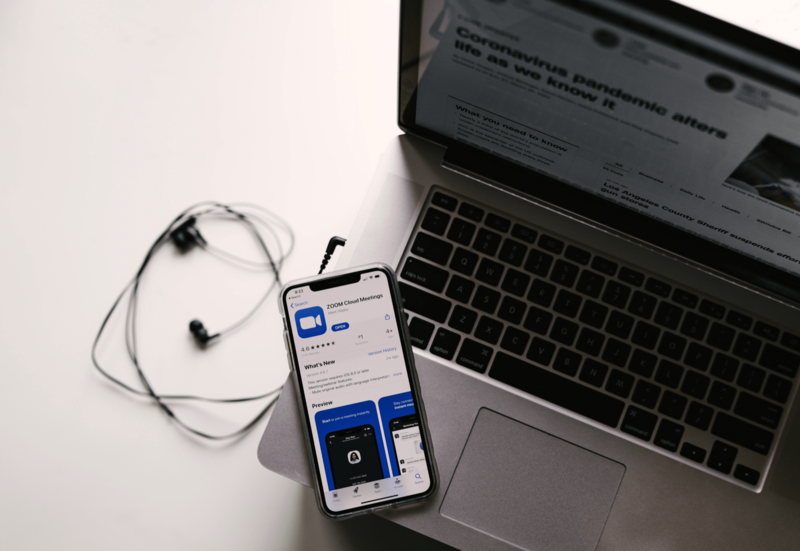On April 17, 2020, Zoom, a cloud-based video conferencing tool, launched a 5.0 update to further secure its program. Over the past few months during the coronavirus pandemic when millions were limited to self-quarantine at home, Zoom became the calling video service of choice. According to CNET, the number of daily meeting participants soared from 10 million in December, 200 million in March, to 300 million in April.
“I used Zoom for about one week, and during that time, I thought the program was very sophisticated,” said Patrick Young, English teacher. “However, I stopped using it because during class, random people would join, and I also read about Zoom having a lot of privacy issues, so I was not very comfortable with that. Some articles elaborated about the state of New York issuing an investigation of Zoom, and I believe that is when I decided to stop using it.”
Massive numbers of new users were followed with security risks, as the rapidly increasing number of people made Zoom more vulnerable. The program’s security was jeopardized, and discussions about whether the app provided the required combat systems needed to prevent mechanical problems began to surface. Some of these problems included its built-in-attention-tracking features and instances of “Zoombombing,” a term used to describe events when random uninvited users attend and disrupt private meetings. In response to the matters, at least three lawsuits were filed against the company, which made it imperative for Zoom to strengthen its security.
“Regardless of which program is used, privacy should always be a concern for the creators of an app,” said Eric Kim (9), avid Zoom user. “However, during times when I used Zoom, pre-update, there were a lot of intrusions during classes and private calls, and it was possible for other students to join with only the link. Ongoing classes were stopped and learning was paused. Not only was it distracting, the conditions of the program before the security updates certainly lowered the credibility of the program itself.”
The new update included several improvements in the app’s features, with it allowing the removal of certain participants and locking rooms from strangers who might intrude. This feature obviates any further instances of “Zoombombing” by disallowing the entrance of unwanted individuals. There is also a default creation of passwords for certain users. Moreover, the waiting room feature now allows the host to put hold attendees in virtual rooms before the official meeting as well. Zoom directly addressed most of its complaints in a short amount of time, increasing its validity and promising more advancements.
“Zoom certainly did make a difference during this period of social distancing and quarantine, and continues to prove itself as effective, especially post update,” said Richie Kim (12), AP Physics student. “However, what the future holds for Zoom is unclear, since advanced subjects, especially those that require lots of explanation, are comparably better taught through direct contact learning. Zoom must make further changes and improvements in order to survive the post COVID19 era.”


